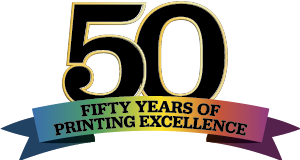Low Resolution vs. High Resolution
In another post we spoke about vector vs. raster file formats. When dealing with raster files, you have to always consider resolution.
In printing, we like to have HIGH RESOLUTION raster files, optimally saved at 300 pixels per inch (ppi). There are lots of factors that go into a quality image, so when checking your proofs, always look closely at the photos to make sure you like the way they look. Something we hear often is “That is the best I can get.” When we hear that, we have to go with it. Oftentimes we are asked “Can you print this image?” The answer is always YES, we can print anything. The better question would be “Will this image reproduce well in print?”
In web design, the standard is 72 ppi, for reasons we won’t get into here. If a designer is working on a project that will be used both in print and on the web, it is best to obtain print quality photography, then reduce the size for online.
The truth is that you can have a high quality, 72 ppi image that was shot by a professional photographer that will look significantly better than a 1200 ppi image that was shot in bad lighting with an old phone. In theory, a designer could take a 72 ppi image and interpolate it up to 300 ppi. There are some applications that will do this pretty well, but it is always best to start with a high resolution image. You can always reduce the size, but enlarging the image more than 50%, most often doesn’t work.
Below, the chameleon on the left is 300 ppi. The chameleon on the right was reduced to 36 ppi, then enlarged to 300 ppi. Both images are 300 ppi.

It’s not magic… it’s math.


